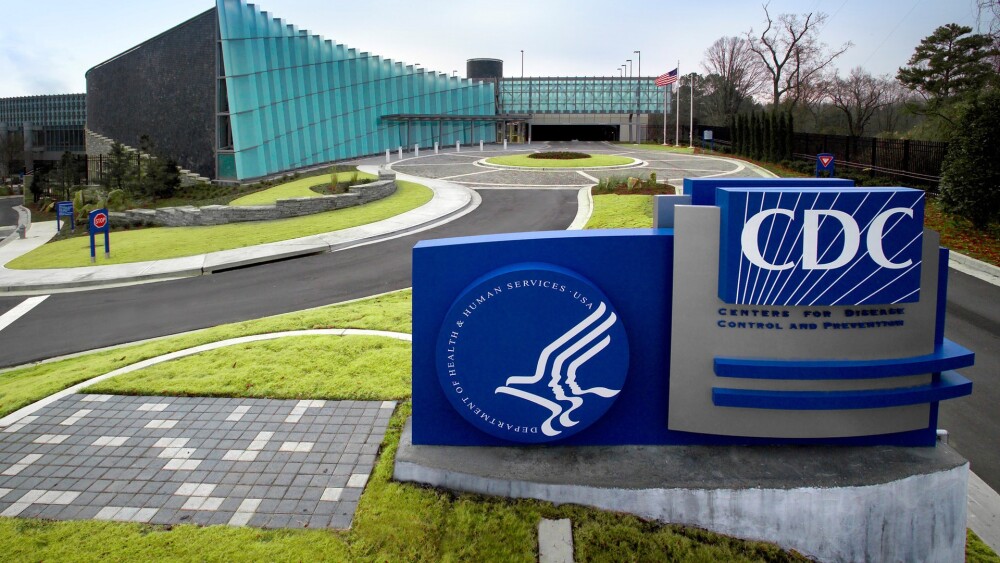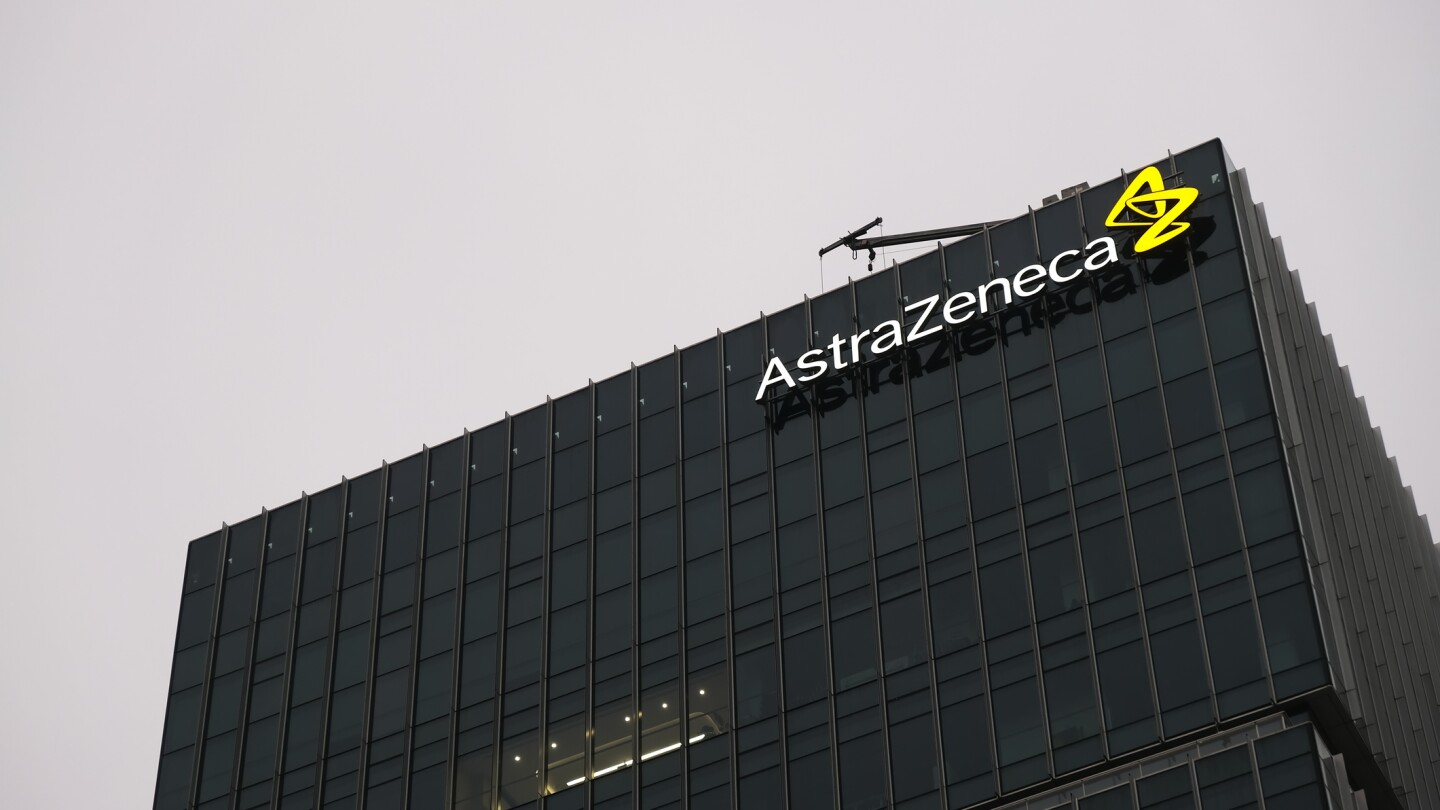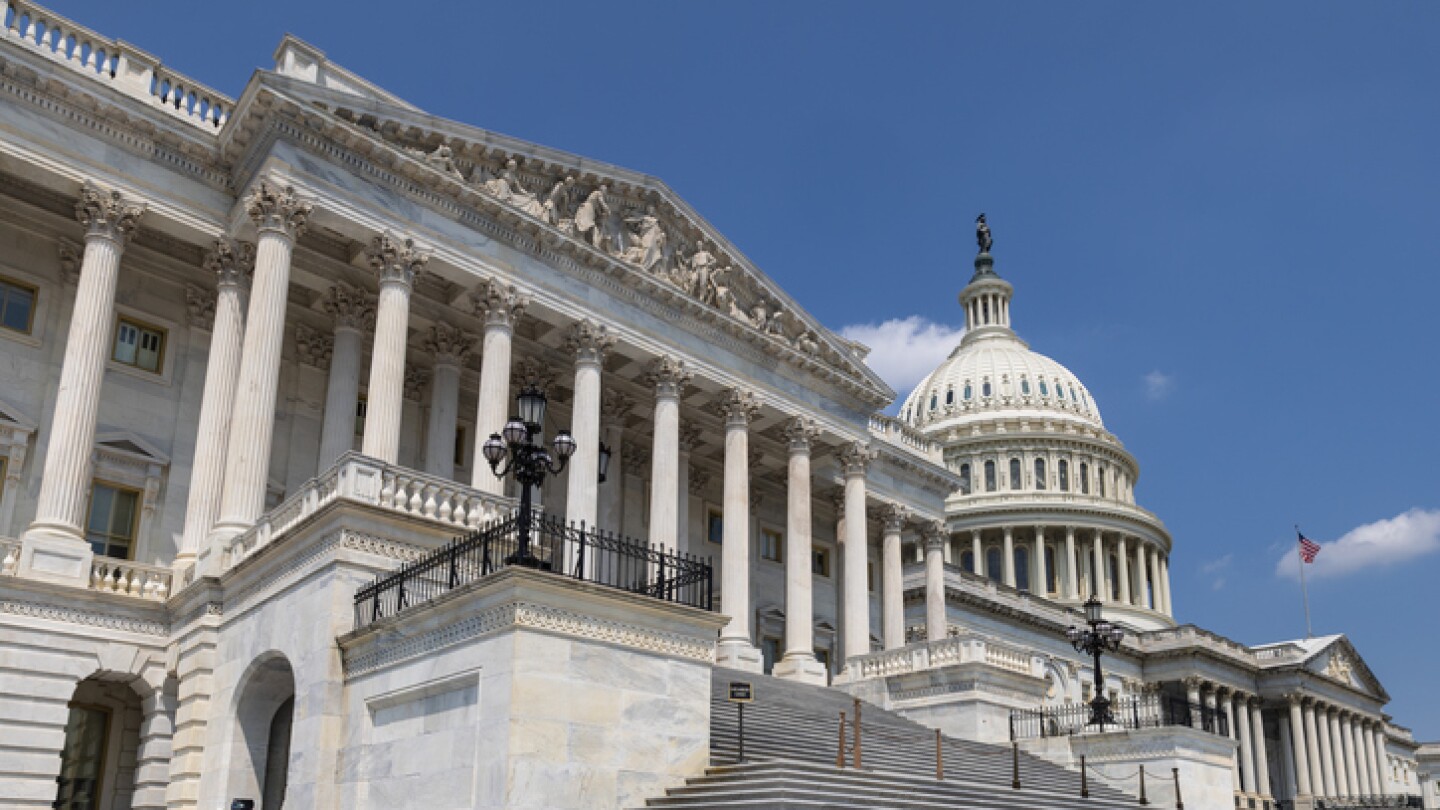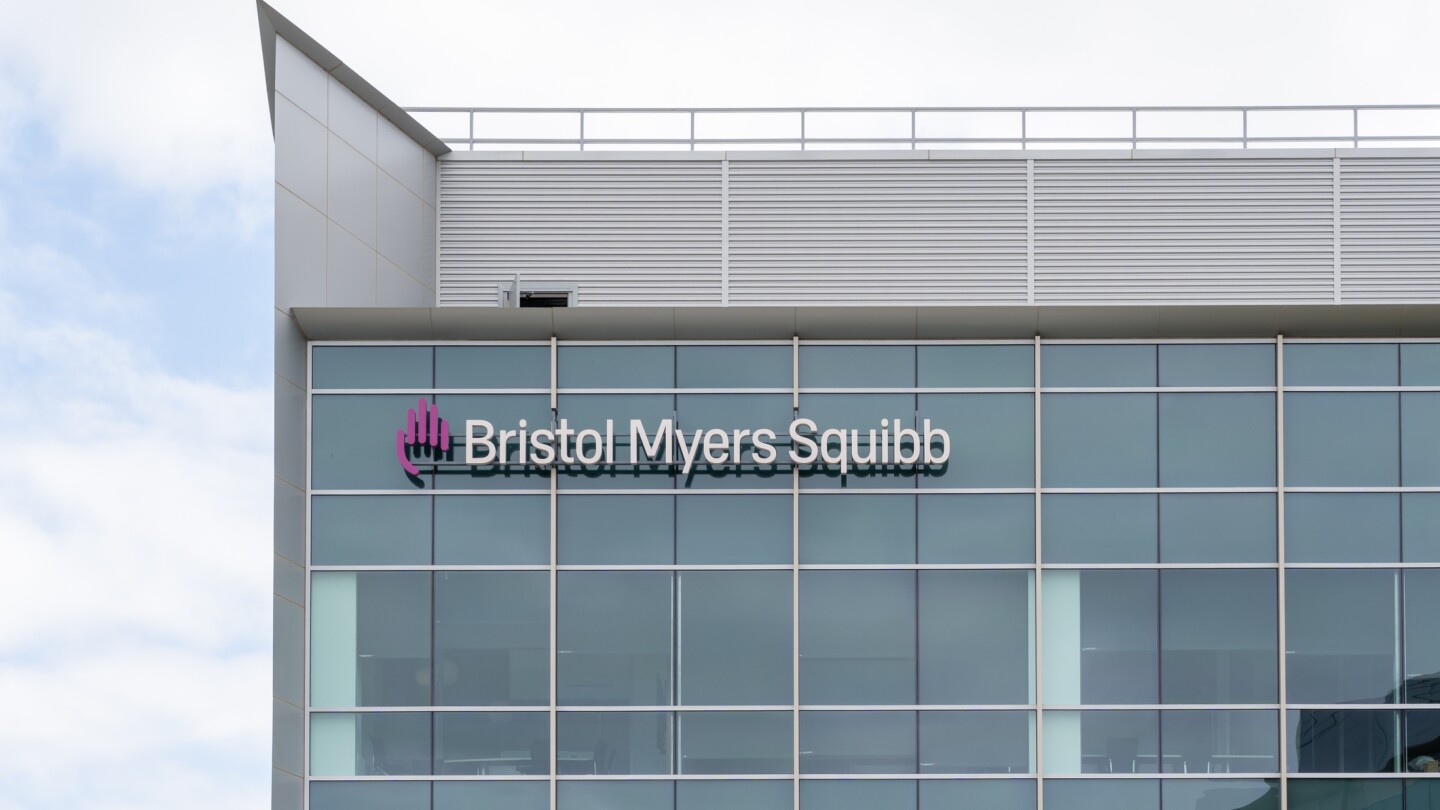News
Novo Nordisk’s leadership gets another shake-up as President Trump promises to significantly slash prices for its GLP-1 drugs; Summit/Akeso, Exelixis and more present new data at ESMO 2025; Replimune pops as FDA accepts resubmitted BLA; FDA names first winners of Commissioner’s National Priority Voucher program; and more.
FEATURED STORIES
A decade-long journey has come to an end for Stealth BioTherapeutics and the Barth syndrome community with the first-ever treatment for this uncommon mitochondrial disease. CEO Reenie McCarthy called it a “pivotal victory” that “offers hope for expedited regulatory attention to other ultra-rare diseases.”
After a tension-packed two days that saw recommended changes to the MMRV vaccine schedule and COVID-19 vaccine access, as well as a delayed hepatitis B vaccine vote, policy experts expressed concern with the reconstituted committee’s dearth of previous experience and understanding of their role.
A complex state vs. federal regulatory scheme allows drug compounders to advertise drugs without disclosing risks like a pharma company must do. Experts say it’s time for the FDA to crack down.
Job Trends
Athira Pharma will cut about 49 positions, including two people in the C-suite. The announcement follows the company’s disappointing results for its investigational Alzheimer’s therapy.
FROM OUR EDITORS
Read our takes on the biggest stories happening in the industry.
Following restricted vaccine approvals and changes to CDC immunization schedules, Merck, Pfizer, GSK and Sanofi are all suffering revenue hits to their vaccine programs.
THE LATEST
Moderna’s mRNA-4359, when used with Keytruda, achieves a 24% overall objective response rate in patients with melanoma, with efficacy increasing to 67% in those positive for PD-L1.
Novo had around 250 employees working on cell therapies, all of whom will be laid off, though a spokesperson declined to reveal which offices and locations will be affected.
The market outlook is full of uncertainty and pitfalls. Experts weigh in on how to mitigate risks.
While the benefits of AI are clear, the amount data sets needed for effective AI integration is proving to be a challenge. This is particularly true for cell therapy companies as they are eagerly seeking ways to reduce development costs. Two experts at Charles River Laboratories provide insights by giving their takeaways from their own AI integrations.
To drive true innovation in drug development, executives must not let excitement about the latest shiny object obscure ultimate outcomes.
Heading into the final quarter of a year that has seen dramatic upheaval at the FDA—from the exodus of numerous senior leaders to unclear policy changes and a safety saga that engulfed the gene therapy space—drug approvals appear roughly on par with recent years.
Therapies from industry leaders BioMarin and Ascendis Pharma supply a key hormone that promotes bone growth. In order to move the field forward, challengers are looking to address the underlying cause of the rare, genetic disease.
The British pharmaceutical giant has joined the direct-to-consumer push, following Pfizer and Amgen’s announcements in response to the president’s calls to lower U.S. drug prices.
A new version of the controversial bill removes the specific company names that were included in a previous iteration but still requires the industry to ditch Chinese biotech contractors in order to receive federal dollars.
Investor reaction to the deal was muted, with BMO Capital Markets analysts saying they “continue to look for more” from Bristol Myers Squibb before they can “get excited about the near term turnaround story.”






















